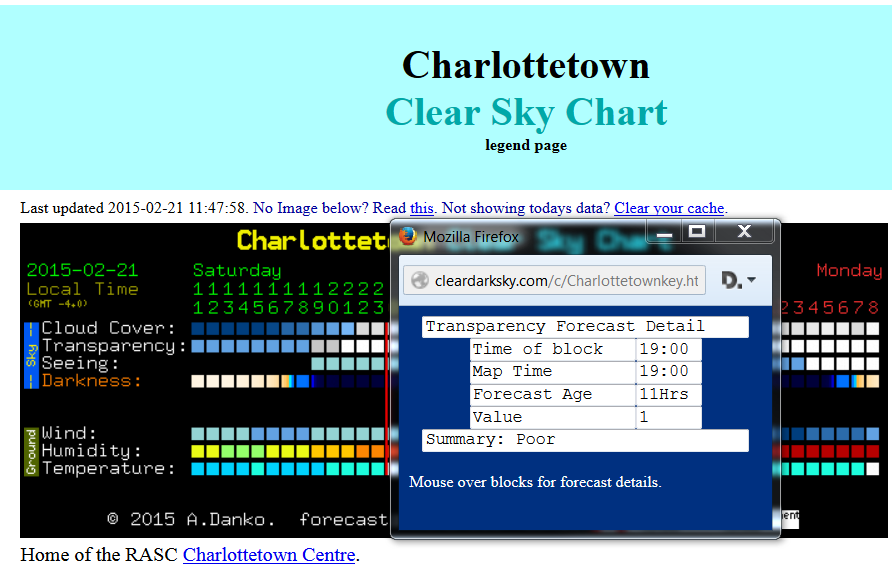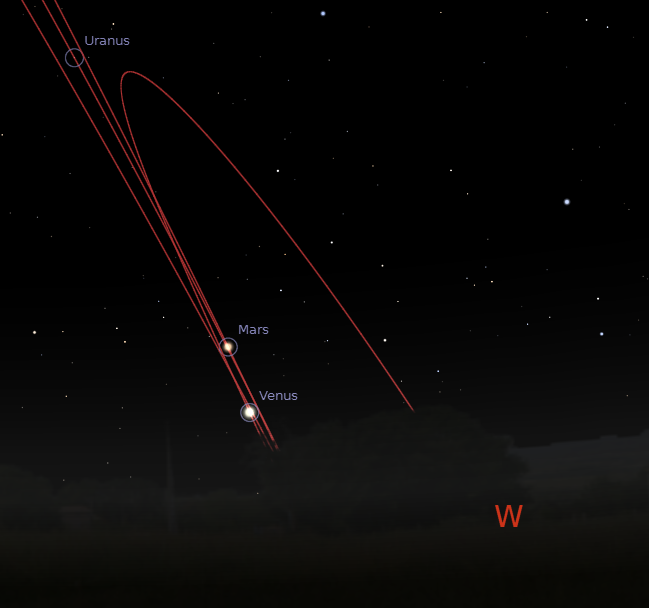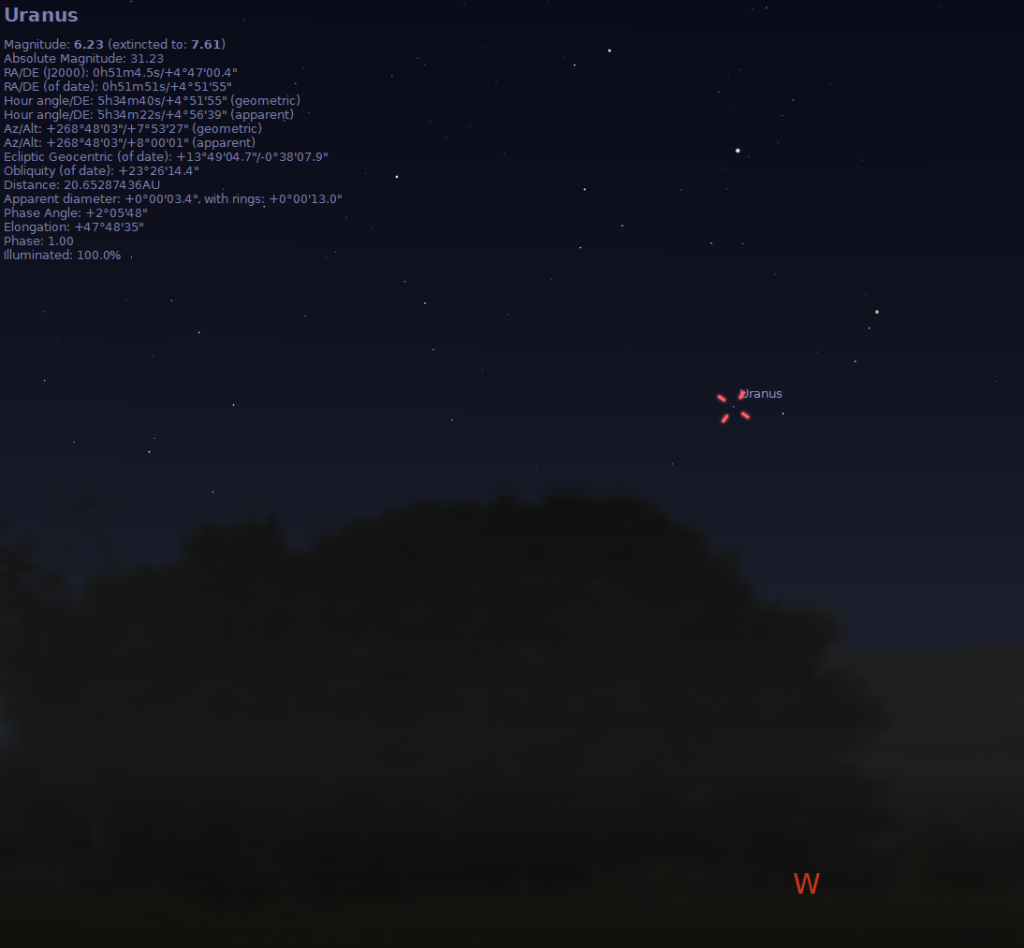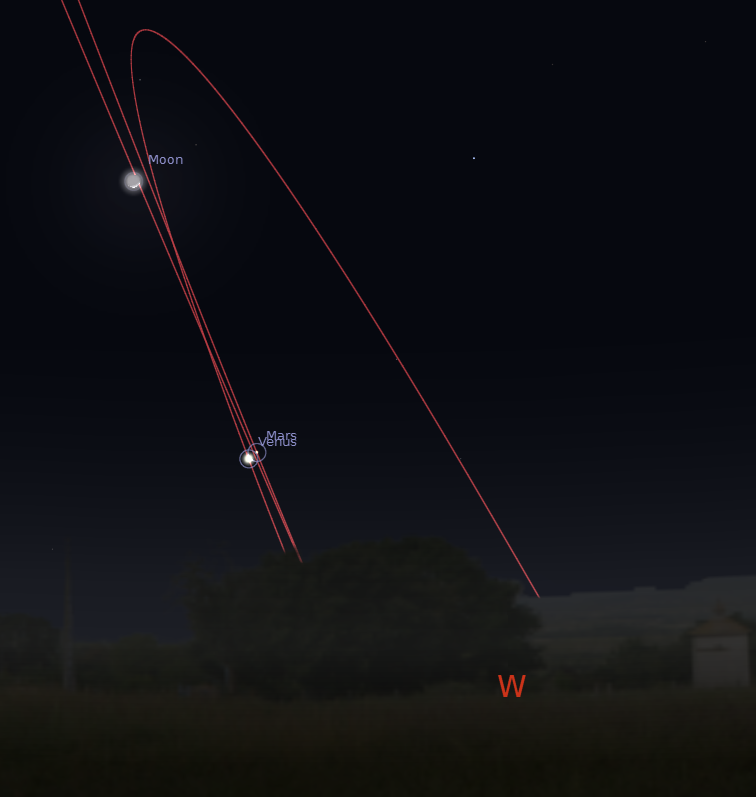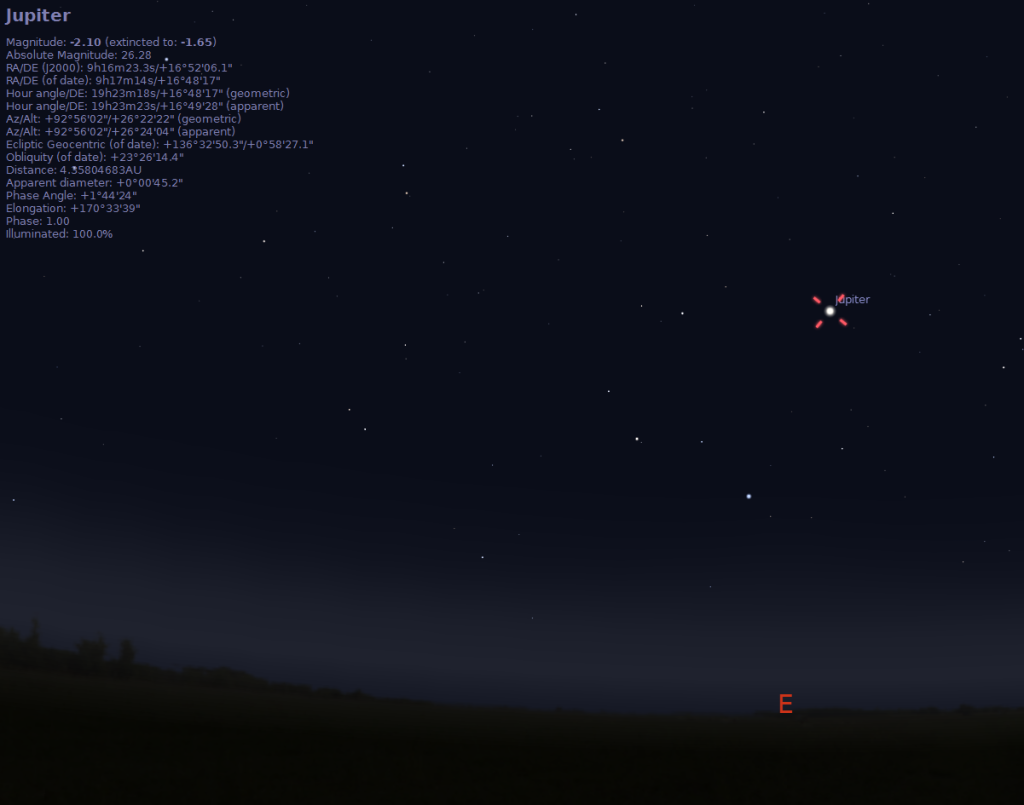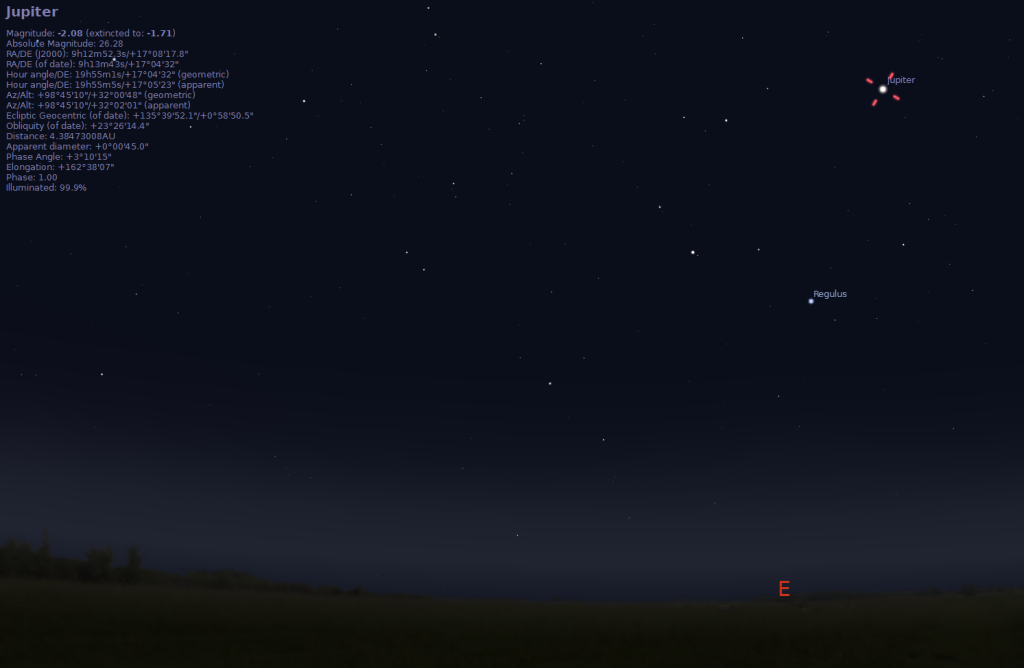Edit:Feb 21 (2pm): Weather not improving. According to the Charlottetown Clear Sky Chart, we’ll have poor transparency (water vapour in atmosphere so would get fuzzy image) and increasing clouds over the evening. This month’s viewing cancelled.
And just because I was curious as to how much “sun” (or lack of) we get in Charlottetown, I did some checking. According to www.weatherstats.ca, Charlottetown is number 19 out of 100 cities in Canada for the least amount of sunshine. So glad we’re not number 1. Comparing nearby cities, St. John’s, NL is number 5, Truro is number 11 and Halifax is 51.
Edit: Feb 20 (11am): Current weather forecast is for clouds cover starting about 4pm on Saturday. Still tentatively on for now. Further update by Saturday 5:30pm.
Edit: Feb 14 (5:39pm): This evening’s session cancelled due to the overcast skies. Based on satellite images, it looks like an even thicker cloud cover than now moving in in the next hours. We’ll try to have it on the 21st.
We’re still pinning down some volunteers for potential astronomy sessions on Feb 14 (alternate date Feb 21st if needed). With the weather being so cold, it’s harder to rotate the dome and the electronics on our telescopes also don’t work as well. Check out this site (and phone message at 902-566-0745) after 5:30pm to make sure the session is running.
Generally — if the sky is more than 25% covered or the weather forecast is for clouds moving strongly in, or there’s precipitation (snow or rain) or it’s really REALLY cold (e.g. -20C), then we could post-pone it to Feb 21st. Currently there’s a lot of snow forecast for Friday Feb 13th and that could also cause issues.
With that out of the way, I’d like to give you an idea of what sort of things we could be looking at that evening.
Just after 7pm, there’s a chance to see Venus and Mars near the horizon (Uranus very very faint). Two things about the Stellarium generated image below — it’s a good example of how the planets are mostly in “a line” with respect to each other. They’re not perpendicular as the Earth’s rotation axis is tilted with respect to the plane in which the planets rotate. The second… because we’re in the city and our dome is surrounded by buildings and vegetation, we may not be able to see any of these planets at all as Mars and Venus may be blocked from view and Uranus is likely too faint. That’s where taking a portable telescope to near a dark beach (or other flat location) can really shine.
As the evening progresses, Venus and Mars move below the horizon, leaving only the very faint Uranus a possibility if you’ve got a really nice dark sky, a still air mass and a good telescope.
Curious why Venus’ orbital path doesn’t continue on with that of Mars and Uranus? It’s because Venus is closer to the Sun than the Earth, so we “pass” it and it seems to reverse direction as it falls behind. (Some excellent Flash-based labs here.)
If we end up post-poning a week, Mars and Venus move a lot closer together (from our viewpoint on the Earth), but still very low to the horizon. We’ll also have a nice sliver of moon available.
A likely “star” or rather “planet” attraction for the evening, whether it’s on the 14th or 21st would be Jupiter instead. Further up from the horizon, bright and a gorgeous planet to view.
Here’s to a good viewing.


